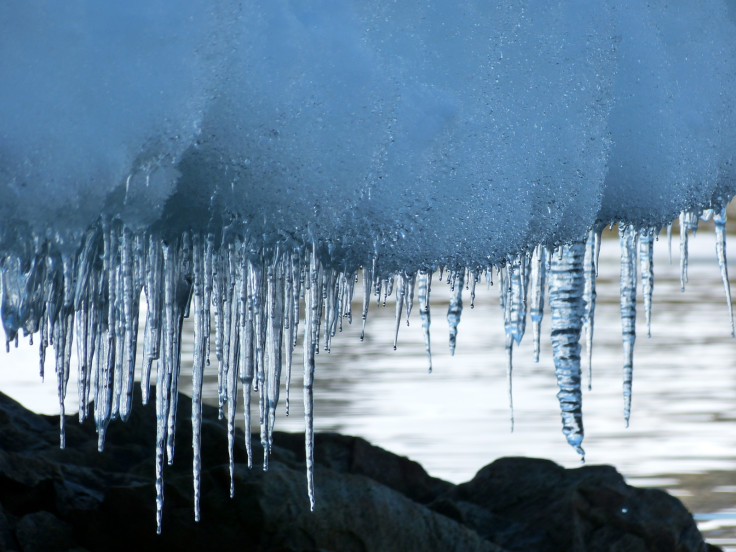Melting Glaciers Add 350 Gigatonnes of Extra Freshwater into Antarctic Sea

Melting glaciers have contributed an extra 350 gigatonnes of freshwater to the Antarctic Sea, scientists have found.
Researchers from the University of Southampton discovered the sea level around the coast of Antarctica has risen by 8cm in the last 19 years, 2cm more than the average rise of 6cm.
Experts say this is as a result of excessive freshwater being released from melting glaciers.
Data from satellite scans from the region, which spans over a million square kilometres, was supported by computer simulations of the effect of melting glaciers on the Antarctic Ocean.
Published in the journal Nature Geoscience, researchers said the extra freshwater has led to a reduction in the salinity of the surrounding oceans.
Craig Rye, lead author of the study, said: "Freshwater is less dense than salt water and so in regions where an excess of freshwater has accumulated we expect a localised rise in sea level.
"The computer model supports our theory that the sea-level rise we see in our satellite data is almost entirely caused by freshening [a reduction in the salinity of the water] from the melting of the ice sheet and its fringing ice shelves.
"The interaction between air, sea and ice in these seas is central to the stability of the Antarctic Ice Sheet and global sea levels, as well as other environmental processes, such as the generation of Antarctic bottom water, which cools and ventilates much of the global ocean abyss."
Earlier this year, scientists announced that the West Antarctic Ice Sheet, which holds enough water to raise sea levels by several feet, has already started to collapse.
Researchers said the ice sheet will have melted and flowed into the ocean within the next 200 years.
One of the lead authors, Eric Rignot, said: "The collapse of this sector of West Antarctica appears to be unstoppable. The fact that the retreat is happening simultaneously over a large sector suggests it was triggered by a common cause, such as an increase in the amount of ocean heat beneath the floating sections of the glaciers. At this point, the end of this sector appears to be inevitable."
© Copyright IBTimes 2025. All rights reserved.






















